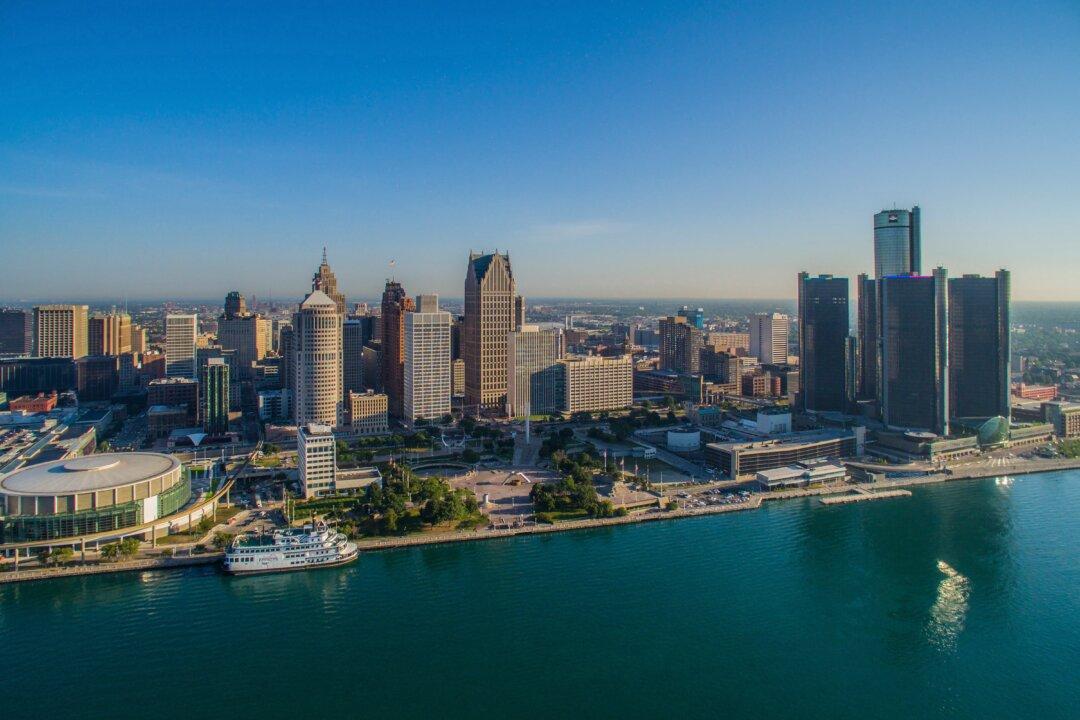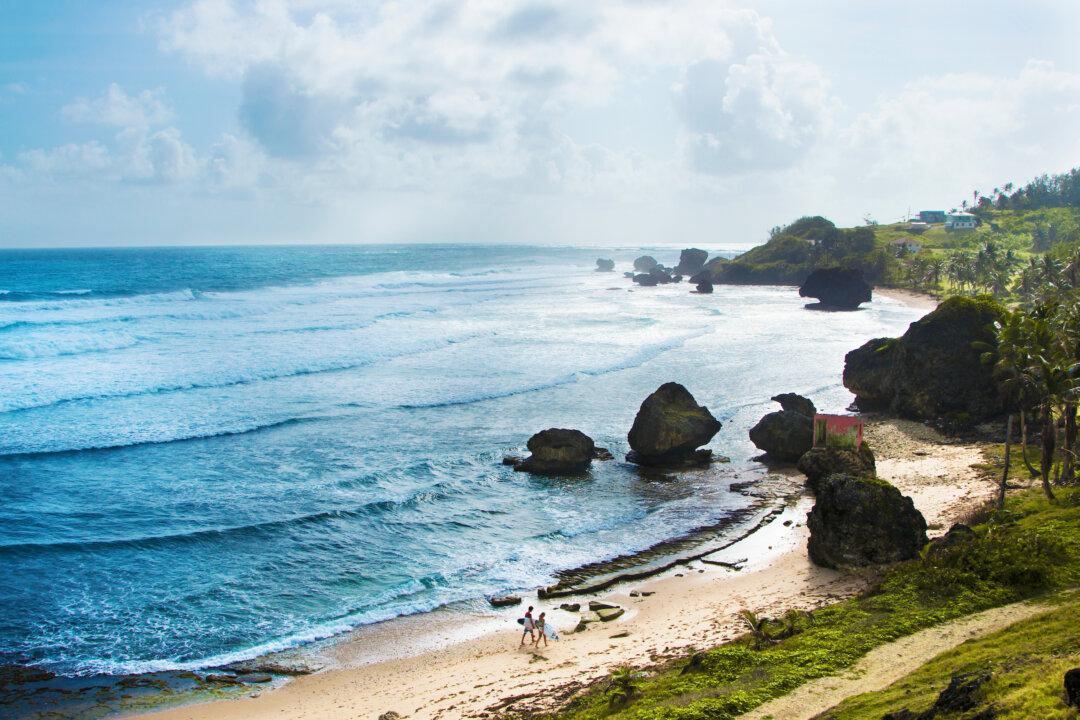When I told friends and family about my plans to travel to Detroit, I received a variety of reactions. Probably, the most common was the question, “Why Detroit?”
Once considered the Paris of the Midwest due to its architectural prominence in the early 20th century, the city had a rough go of it for many years, so it hasn’t exactly topped lists of destinations to visit.





